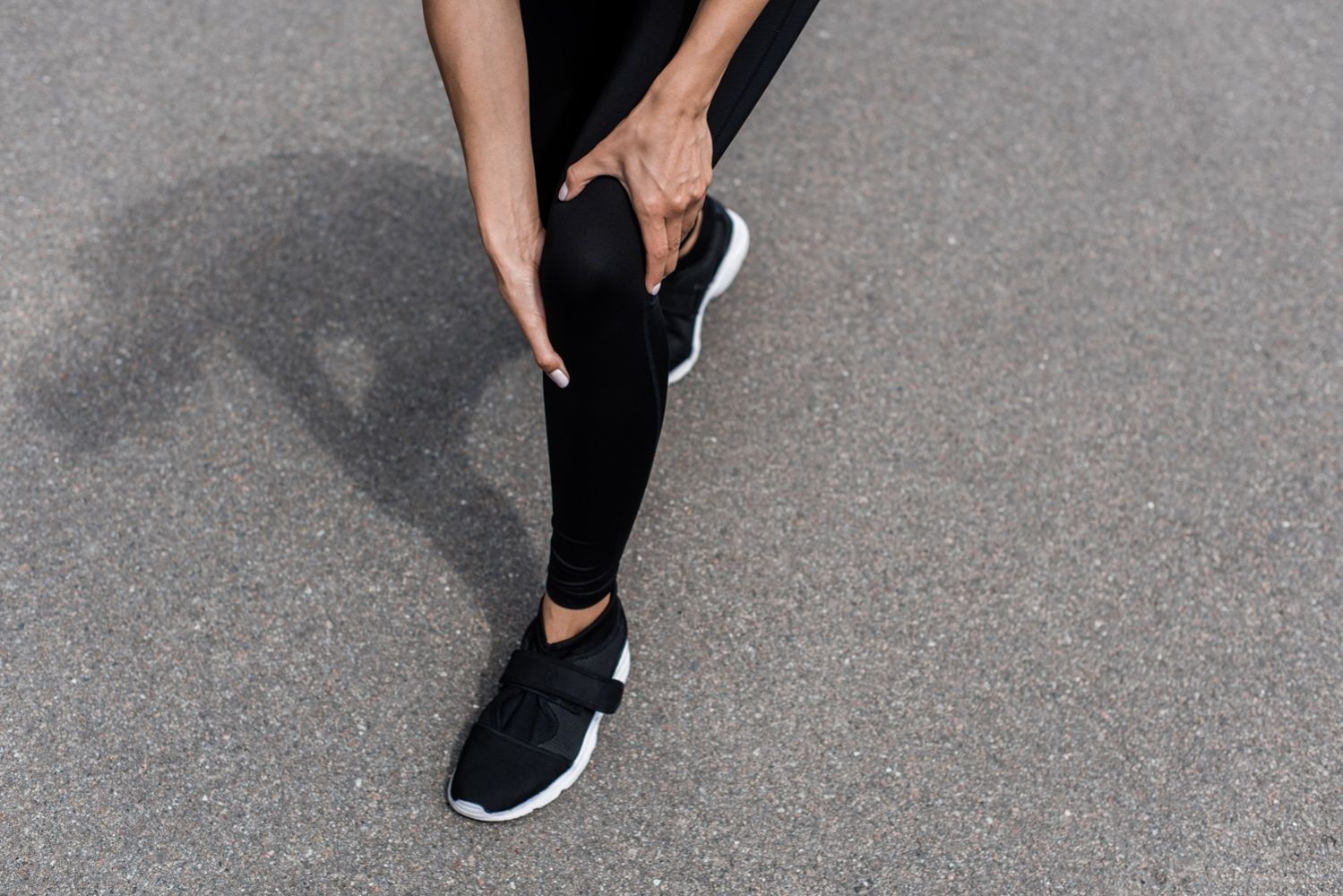
5 Tips For Treating A Buckling Knee
Patient Education Articles | May 14, 2025
Does your knee buckle or feel unstable when you’re running, exercising, or moving around? You’re not alone. Millions of Americans have some degree of knee instability, and it can lead to much larger knee problems if left untreated. With that in mind, today’s blog to explores five ways you can work to treat a knee that regularly buckles with movement.
What’s Causing Knee Instability?
Your knee is a strong and large joint, and requires many soft tissue structures do its job well. If the ligaments and tendons are damaged because of acute injury, chronic stress, or natural degeneration, it becomes harder for these tissues to stabilize your knee. When this occurs, movement and stress can cause the knee to become unstable and these ligaments struggle to secure the joint in place.
This instability feels uncomfortable, and a buckling knee isn’t typically described as painful, just unpredictable. Yet, a fall after instability can be very painful. Even if you hyperextend the joint, the discomfort fades in relatively short order. Because this instability doesn’t tend to be overly painful, many people just deal with it when it occurs. That can be a poor line of thinking. Prevention is the key to better knee health. The knee isn’t going to restabilize itself on its own, and in fact it’s likely to become more unstable without targeted treatment. This puts you at a heightened risk for injuries like a knee dislocation or a ligament tear.
Treating A Buckling Knee
If you want to put an end to your buckling knee and work to restabilize the joint, you’ll need to be proactive in your efforts. Here’s how we recommend restabilizing an unstable knee joint.
- Rest - Short-term rest is wise if you’re dealing with an unstable knee. This will give your body some time to address the damage to the supportive ligaments and allow any localized inflammation to resolve. Rest may not lead to a complete healing of the knee joint, but it will help to prevent any additional damage from occurring early after an injury.
- Physical Therapy - Physical therapy may be the best initial course of action for putting your buckling knee behind you. PT targets specific areas of your knee and certain supportive structures, so it’s likely to help restabilize damaged areas. You can perform some general knee stability exercises at home, or you can sync up with a physical therapist for best results. If the knee continues to swell with these exercises, then an orthopaedic evaluation is needed.
- Support/Braces - Another passive treatment option is a support or a brace. These artificial supports bring additional stability and protection to the knee area, and they can be helpful when you’re pursuing physical therapy or gradually returning to more athletic endeavors. Just be sure that wearing a brace isn’t the only thing you’re doing to help your unstable knee. Dr. Reznik warns not to over tighten these braces. They can cause swelling in the lower leg and even risk a blood clot in the injured leg. So do be careful.
- Non-Steroidal Medications and Ice. Drugs line Motrin, Advil (both are the same medication “Ibuprofen”), and Aleve (Naproxen) work to decrease pain and swelling. They can, early on, increase bruising (reduce normal clotting) and upset your stomach if used to excess. Don’t use them if you are on blood thinners or have stomach issues like ulcers or colitis. Acutely, ice helps with swelling, remember too much ice can cause frostbite and redness with pain.
- Surgery - For patients that fail to address their knee instability with conservative methods, or for those with a more significant soft tissue injury, surgery may be the answer. For example, if your instability is rooted in a damaged or torn meniscus, a minimally invasive surgery may be optimal. The unstable injury related torn meniscus doesn’t tend to heal well on its own due to a lack of ample blood flow.
More significant ligament tears or complete ruptures may also skip conservative treatment and may instead be recommended for surgery right away. This is especially true if the knee is locked in place and cannot fully bend or extend. These corrective procedures typically produce fantastic results if done by an expert.
Whether you’re an athlete hoping to avoid a major knee injury or you’re an older adult who wants to feel comfortable moving around your home, let Dr. Reznik and his team help you overcome a buckling knee by calling for an appointment.
For more information and additional advice, consider picking up Dr. Reznik’s publication, The Knee & Shoulder Handbook, available on Amazon and Barnes & Noble.
